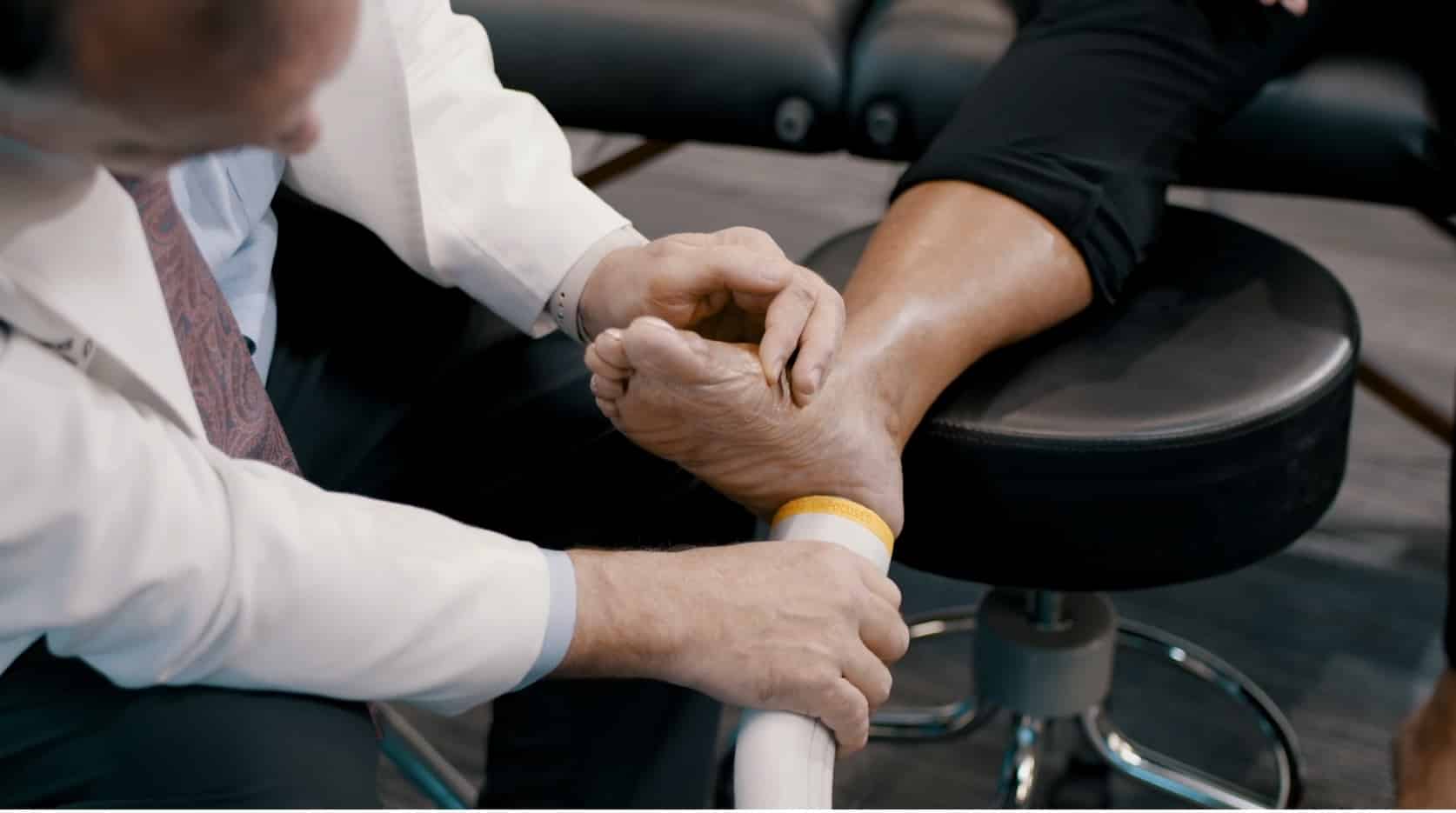
Living with chronic pain can be an overwhelming and exhausting journey. For many sufferers, traditional treatments such as medications, surgeries, or physical therapy provide only limited relief—if any at all. If you're searching for a non-invasive, drug-free option that targets the root cause of pain, SoftWave therapy could be the solution you've been hoping for.
SoftWave therapy, also known as extracorporeal shock wave therapy (ESWT), uses patented unfocused acoustic waves to stimulate the body’s natural healing response. It’s gaining attention in the medical community for its ability to reduce inflammation, enhance circulation, and regenerate damaged tissue—offering promising results for those who have struggled to find lasting relief.
In this article, we’ll explore how SoftWave therapy works, who it benefits most, and what you can expect during treatment. Whether you're dealing with joint pain, tendonitis, back pain, or a long-standing injury, understanding this innovative approach may open the door to renewed comfort and mobility.
SoftWave therapy is a cutting-edge treatment that uses electrohydraulic-generated acoustic waves to penetrate deep into tissue without the need for surgery or injections. The therapy promotes a healing response in the body by triggering microtrauma at the cellular level, which stimulates increased blood flow and cellular regeneration. Unlike high-energy shockwaves used in lithotripsy, SoftWave uses low-intensity waves that are safe and non-invasive.
The treatment is administered through a handheld device that emits pulses to the affected area. These acoustic waves create shearing forces in the tissue, which help to break up scar tissue, reduce inflammation, and accelerate the healing of tendons, ligaments, muscles, and bones.
What makes SoftWave therapy particularly appealing is its ability to not just mask symptoms, but address the underlying causes of pain. It stimulates the production of growth factors and stem cells, both of which are essential for long-term recovery. As a result, chronic pain sufferers often report significant improvement in mobility, reduced stiffness, and a return to normal activity levels after completing a series of treatments.
For those who have tried multiple approaches without success, SoftWave therapy offers a powerful and promising alternative that gets to the core of chronic pain issues.
Related: SoftWave Therapy for Back Pain Relief: Does It Really Work?
SoftWave therapy has shown effectiveness across a wide range of musculoskeletal conditions that are common sources of chronic pain. Whether you're an athlete with a stubborn injury or someone managing pain from age-related wear and tear, this therapy can offer meaningful relief.
It is especially beneficial for conditions involving connective tissue, such as tendonitis and plantar fasciitis. Patients with tennis elbow, golfer’s elbow, and rotator cuff injuries often see notable improvements after several sessions. Similarly, SoftWave has been used successfully to treat Achilles tendonitis, shin splints, and carpal tunnel syndrome.
Chronic lower back pain and neck stiffness, which can be resistant to traditional therapies, have also responded positively to this treatment. Even those with arthritis have reported decreased pain and improved joint function following SoftWave therapy. It’s also gaining traction in post-surgical recovery, where its ability to enhance healing and reduce scar tissue formation can significantly shorten downtime.
By promoting cellular repair and increasing nutrient-rich blood flow to damaged areas, SoftWave therapy provides a holistic and restorative approach to pain management. This makes it a viable option for people who have grown frustrated with the limitations of conventional pain treatments.
Related: SoftWave Therapy vs. Traditional Pain Treatments: Which Is Right for You?

For individuals living with chronic pain, the promise of a non-invasive, long-term solution is incredibly appealing. SoftWave therapy provides several key benefits that make it a standout among alternative pain relief options.
One of the most significant advantages is its ability to promote healing rather than just dull the symptoms. Unlike medications that often come with side effects or risks of dependency, SoftWave therapy works with the body’s natural healing processes. It activates stem cells and growth factors, which are critical in tissue repair and regeneration. This leads to longer-lasting results and a reduced likelihood of recurring pain.
Another major benefit is the minimal downtime involved. Sessions typically last 10–20 minutes and don’t require any anesthesia or recovery period. This is ideal for chronic pain sufferers who may not be able to tolerate more invasive procedures or who want to avoid disruptions to their daily lives.
Patients often report reduced inflammation, increased mobility, and a significant decrease in pain levels within a few treatments. Because the therapy is non-invasive and drug-free, it is suitable for a wide range of individuals, including those with sensitivities to medication or medical contraindications.
Ultimately, SoftWave therapy empowers patients to regain control over their pain, restore function, and improve their overall quality of life—without relying on invasive or pharmaceutical-heavy solutions.
Understanding what happens during a SoftWave therapy session can help ease any apprehension and make the experience more comfortable. Each session begins with a brief consultation and physical assessment to locate the source of the pain. The practitioner will use a device with a water-based gel applied to your skin to facilitate the transmission of acoustic waves.
During the treatment, the handheld applicator emits pulses that may feel like mild tapping or pulsing on the skin. Some areas may be more sensitive, particularly those with inflammation or nerve involvement. The discomfort is usually minimal and only lasts during the application of the waves.
A standard session lasts about 15 to 20 minutes, and most patients can return to normal activities immediately afterward. There’s no need for pain medication or downtime, which makes it a convenient option for people with busy lifestyles.
Depending on the condition being treated, a full course of treatment may involve 6 to 8 sessions spread out over several weeks. Many patients begin to feel relief after just one or two sessions, with continued improvement as therapy progresses.
It’s important to follow any aftercare instructions provided by your therapist, such as hydration and light stretching, to maximize the benefits. Regular follow-ups may also be recommended to monitor progress and fine-tune the treatment plan for optimal results.
For chronic pain sufferers exploring their options, it’s helpful to understand how SoftWave therapy stacks up against more conventional treatments. Here’s how it compares:
When considering SoftWave therapy, many people have questions or hold misconceptions that can influence their decision. Let’s clear up some of the most common:
If you’re tired of living with chronic pain and are looking for a trusted, non-invasive solution, SoftWave therapy may be exactly what you need. At Mountain Valley Family Chiropractic in Fort Collins, Colorado, Dr. Ronil Pala, D.C. specializes in helping patients reclaim their health and mobility through advanced healing technologies.
Don’t let pain control your life any longer. Schedule your consultation today and discover how SoftWave therapy can offer lasting relief and a better quality of life.
Call now or book online to get started with Dr. Ronil Pala, D.C. at Mountain Valley Family Chiropractic in Fort Collins, Colorado.
